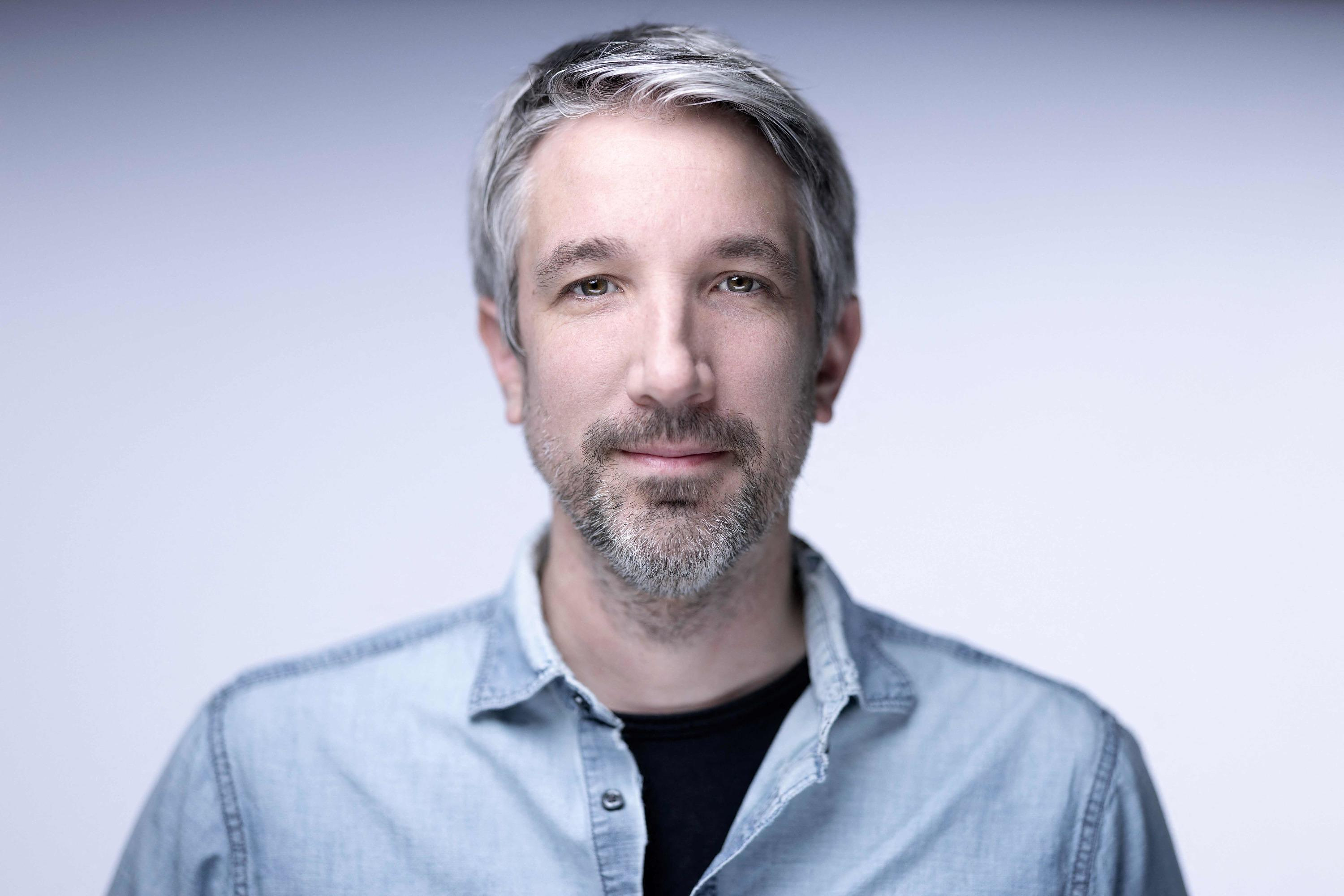The first piece of a powerful magnet that can lift an aircraft carrier was delivered to scientists from the International Thermonuclear Experiment Reactor in southern France on Thursday.
The magnet, which is nearly 60 feet tall (almost 20 meters) and 14 feet in diameter (more than 4 meters) when fully assembled, is an essential component of the 35-nation effort to master nuclear Fusion.
Scientists from the Massachusetts Institute of Technology and a private firm announced this week that they too have reached a major milestone in their quest to create a'sun for earth'.
Proponents of Fusion claim that it is a cleaner and more reliable source of energy than existing fission reactors which can produce radioactive waste and sometimes deadly meltdowns. Scientists and engineers have been trying to solve the problem for almost a century, if they can harness it.
Fusion is not a method of splitting atoms. It mimics the process that happens naturally in stars to meld hydrogen atoms together and create a helium-atom.
Fusion requires unimaginable heat and pressure. You can achieve fusion by turning hydrogen into an electrically charged gas or plasma. This is controlled in a vacuum chamber that looks like a donut.
This is possible thanks to powerful superconducting magnets, such as the "central solenoid" that General Atomics started shipping from San Diego to France in the summer.
Scientists claim that ITER is now 75% completed and that they plan to start the reactor in early 2026.
Laban Coblentz, spokesperson for ITER, stated that each completion of a major component of first-of-a kind -- such as the central solenoid’s first module -- increases ITER's confidence that we can complete complex engineering of the entire machine.
The ultimate goal of fusion technology is to produce ten-times more energy than it takes to heat the plasma by 2035.
The Massachusetts team is one of the hopefuls to beat them to the prize. It claimed it created a magnetic field twice as strong as ITER's using a magnet that was 40 times smaller.
Scientists from MIT and Commonwealth Fusion Systems suggested that they might have a device for everyday use by the 2030s.
Maria Zuber, MIT Vice President Maria Zuber and a well-known physicist said that "this was designed to become a commercial product." "This was not intended to be a science experiment."
Although ITER was not intended to generate electricity, it could serve as a blueprint for other more advanced reactors, if it succeeds.
The project's supporters argue that, even if the project fails, it will teach countries technical skills that can be applied in other areas, such as particle physics and designing advanced materials that can withstand the heat of sunlight.
All countries involved in the project, including the United States of America, Russia, China and Japan, as well as many other European nations, share in the $20billion cost. They also benefit from the scientific findings and intellectual property.
The central solenoid is one of 12 major U.S. contributions ITER. Each of these is constructed by American companies and funds allotted by Congress go towards U.S. jobs.
John Smith, General Atomics' director of engineering and project management, said that the safe delivery of the first module to the ITER facility was a great achievement. "Every part of the manufacturing process had been designed from scratch," he added.
The company spent many years developing new technologies and methods for moving the magnet parts across their facility, and around the world. They also moved coils that weighed 250,000 pounds.
Smith stated that the engineering knowledge gained during this period will be valuable for future projects on this scale.
He stated that ITER's goal is to demonstrate that fusion can be economically viable. However, they are already planning for the future. "That's the key to commercializing fusion, and we now know what has to happen."
The best way to drastically reduce greenhouse gas emissions is to bet on nuclear energy, first fission, then fusion, according Frederick Bordry, who was responsible for the design and construction a fiendishly complicated scientific machine called the Large Hadron Collider (CERN).
He said, "When we talk about the cost ITER it's peanuts compared to the impact of climate changes." "We will need the money to do it."

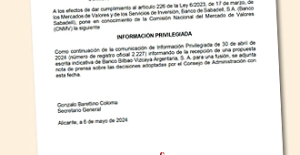 Sabadell rejects the merger with BBVA and will fight to remain alone
Sabadell rejects the merger with BBVA and will fight to remain alone In Germany, the far left wants to cap the price of “doner kebabs”
In Germany, the far left wants to cap the price of “doner kebabs” Israel-Hamas war: Gaza between hope of truce and fear of Israeli offensive in the South
Israel-Hamas war: Gaza between hope of truce and fear of Israeli offensive in the South “Mom, Dad, please don’t die”: in the United States, a nine-year-old child saves the lives of his parents injured in a tornado
“Mom, Dad, please don’t die”: in the United States, a nine-year-old child saves the lives of his parents injured in a tornado The presence of blood in the urine, a warning sign of bladder cancer
The presence of blood in the urine, a warning sign of bladder cancer A baby whose mother smoked during pregnancy will age more quickly
A baby whose mother smoked during pregnancy will age more quickly The euro zone economy grows in April at its best pace in almost a year but inflationary pressure increases
The euro zone economy grows in April at its best pace in almost a year but inflationary pressure increases Children born thanks to PMA do not have more cancers than others
Children born thanks to PMA do not have more cancers than others “House of the Dragon”, “Succession”… Max, the new streaming platform from HBO and Discovery, launched in France on June 11
“House of the Dragon”, “Succession”… Max, the new streaming platform from HBO and Discovery, launched in France on June 11 The A13 motorway will finally reopen this Friday, in one direction only
The A13 motorway will finally reopen this Friday, in one direction only TNT commission of inquiry: tensions between LFI deputies and Macronists before the vote on the report
TNT commission of inquiry: tensions between LFI deputies and Macronists before the vote on the report Apple unveils a new, more efficient iPad range
Apple unveils a new, more efficient iPad range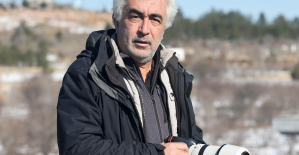 The Gaza War invites itself to the 2024 Pulitzer Prizes
The Gaza War invites itself to the 2024 Pulitzer Prizes Judith Godrèche presents a short film on sexual violence in Cannes
Judith Godrèche presents a short film on sexual violence in Cannes Kevin Spacey: new trial in sight in London for the American actor, for sexual assault
Kevin Spacey: new trial in sight in London for the American actor, for sexual assault Taylor Swift fans make London pub Black Dog their new place of pilgrimage
Taylor Swift fans make London pub Black Dog their new place of pilgrimage Omoda 7, another Chinese car that could be manufactured in Spain
Omoda 7, another Chinese car that could be manufactured in Spain BYD chooses CA Auto Bank as financial partner in Spain
BYD chooses CA Auto Bank as financial partner in Spain Tesla and Baidu sign key agreement to boost development of autonomous driving
Tesla and Baidu sign key agreement to boost development of autonomous driving Skoda Kodiaq 2024: a 'beast' plug-in hybrid SUV
Skoda Kodiaq 2024: a 'beast' plug-in hybrid SUV The home mortgage firm rises 3.8% in February and the average interest moderates to 3.33%
The home mortgage firm rises 3.8% in February and the average interest moderates to 3.33% This is how housing prices have changed in Spain in the last decade
This is how housing prices have changed in Spain in the last decade The home mortgage firm drops 10% in January and interest soars to 3.46%
The home mortgage firm drops 10% in January and interest soars to 3.46% The jewel of the Rocío de Nagüeles urbanization: a dream villa in Marbella
The jewel of the Rocío de Nagüeles urbanization: a dream villa in Marbella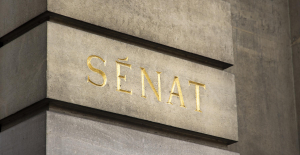 Institutions: senators want to restore the accumulation of mandates and put an end to the automatic presence of ex-presidents on the Constitutional Council
Institutions: senators want to restore the accumulation of mandates and put an end to the automatic presence of ex-presidents on the Constitutional Council Europeans: David Lisnard expresses his “essential and vital” support for François-Xavier Bellamy
Europeans: David Lisnard expresses his “essential and vital” support for François-Xavier Bellamy Facing Jordan Bardella, the popularity match turns to Gabriel Attal’s advantage
Facing Jordan Bardella, the popularity match turns to Gabriel Attal’s advantage Europeans: a senior official on the National Rally list
Europeans: a senior official on the National Rally list These French cities that will boycott the World Cup in Qatar
These French cities that will boycott the World Cup in Qatar “The future is for us”: “disappointed” and “proud” at the same time, Al-Khelaïfi sees the glass half full after the elimination of PSG
“The future is for us”: “disappointed” and “proud” at the same time, Al-Khelaïfi sees the glass half full after the elimination of PSG PSG: “Since January, these have not been my best matches,” agrees Zaire-Emery, who promises to “come back stronger”
PSG: “Since January, these have not been my best matches,” agrees Zaire-Emery, who promises to “come back stronger”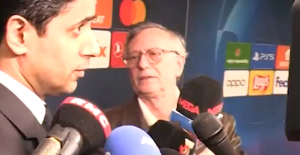 “What is this question, honestly?” : Nasser Al-Khelaïfi (very) annoyed after PSG-Dortmund
“What is this question, honestly?” : Nasser Al-Khelaïfi (very) annoyed after PSG-Dortmund “I am the guy who has to score the goals”: Mbappé does not hide and assumes responsibility after PSG’s exit
“I am the guy who has to score the goals”: Mbappé does not hide and assumes responsibility after PSG’s exit






